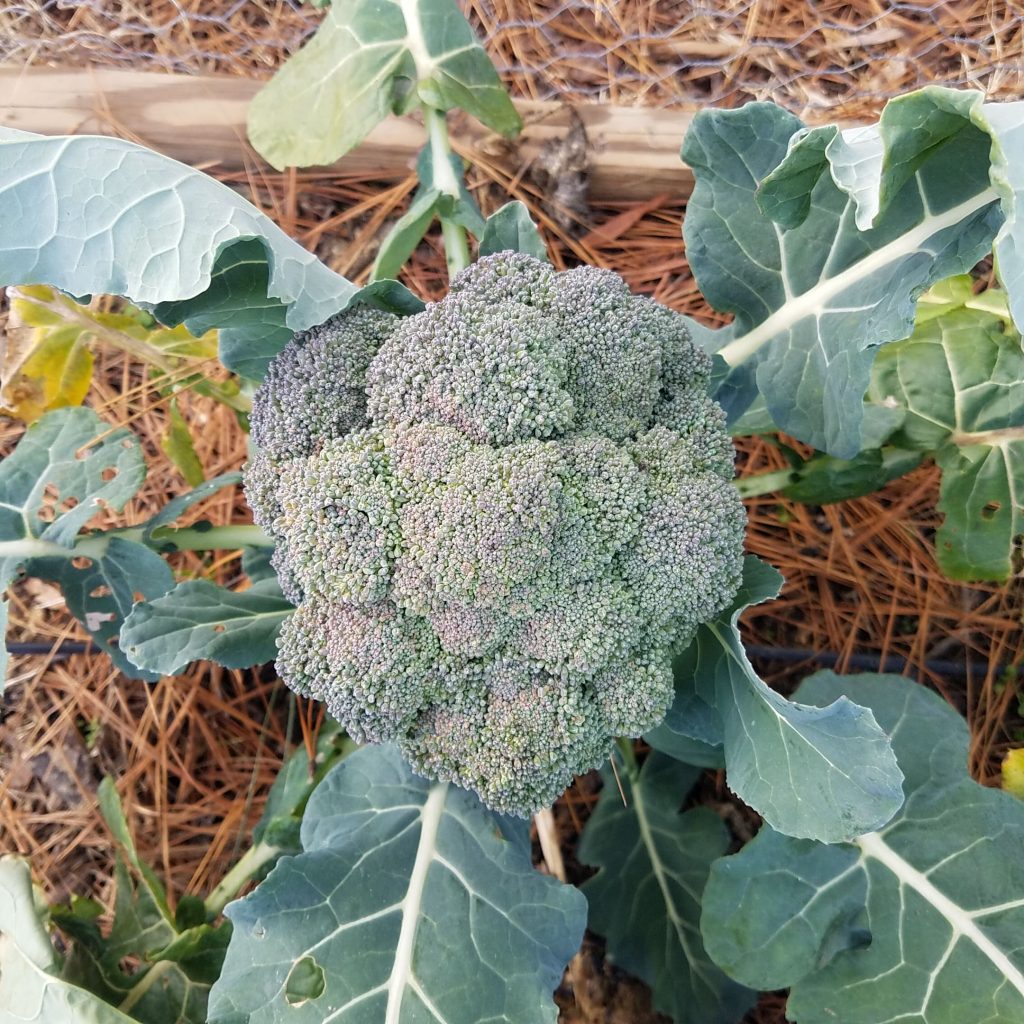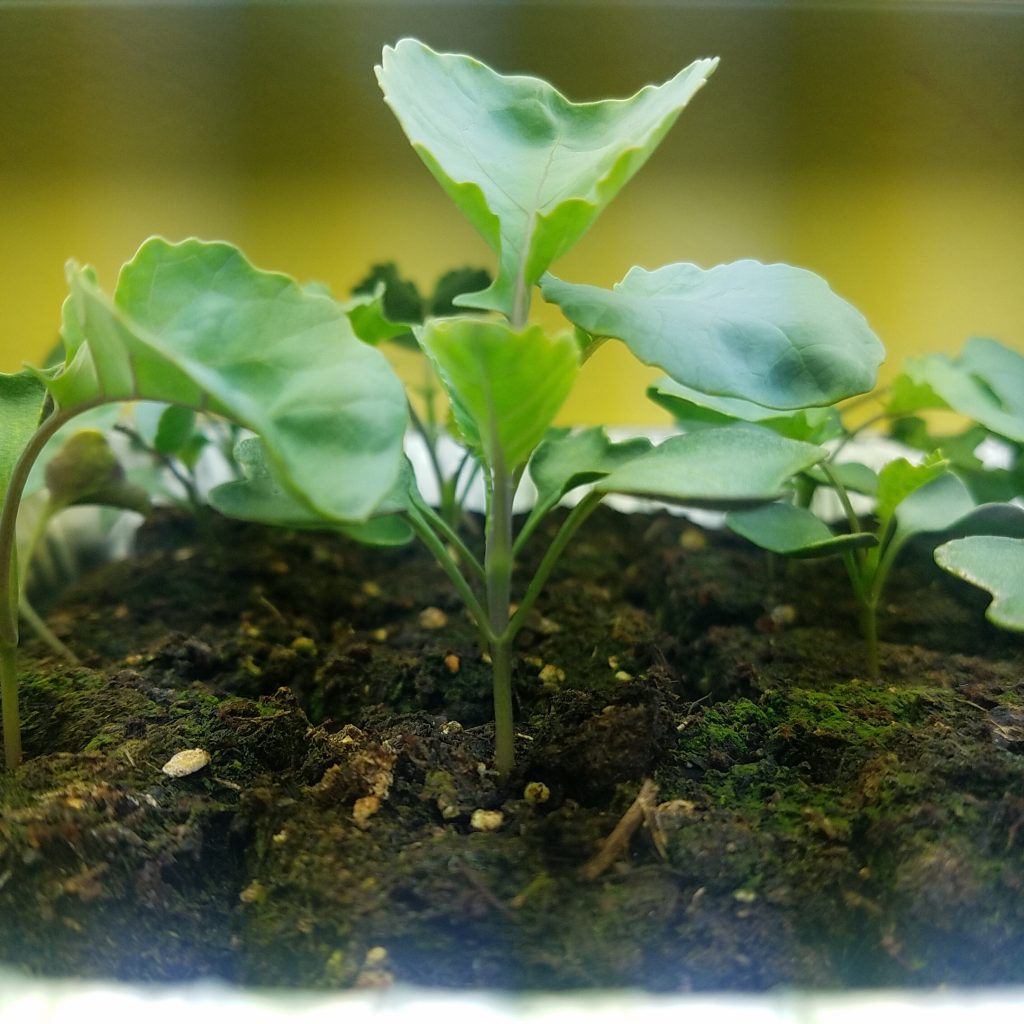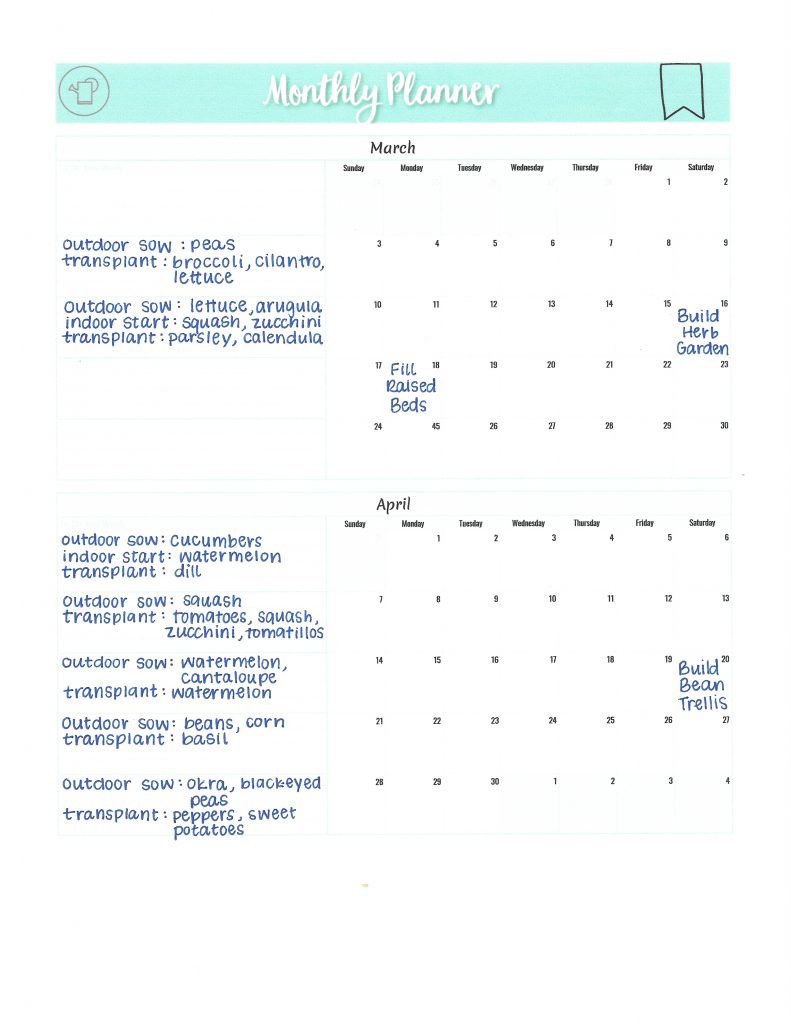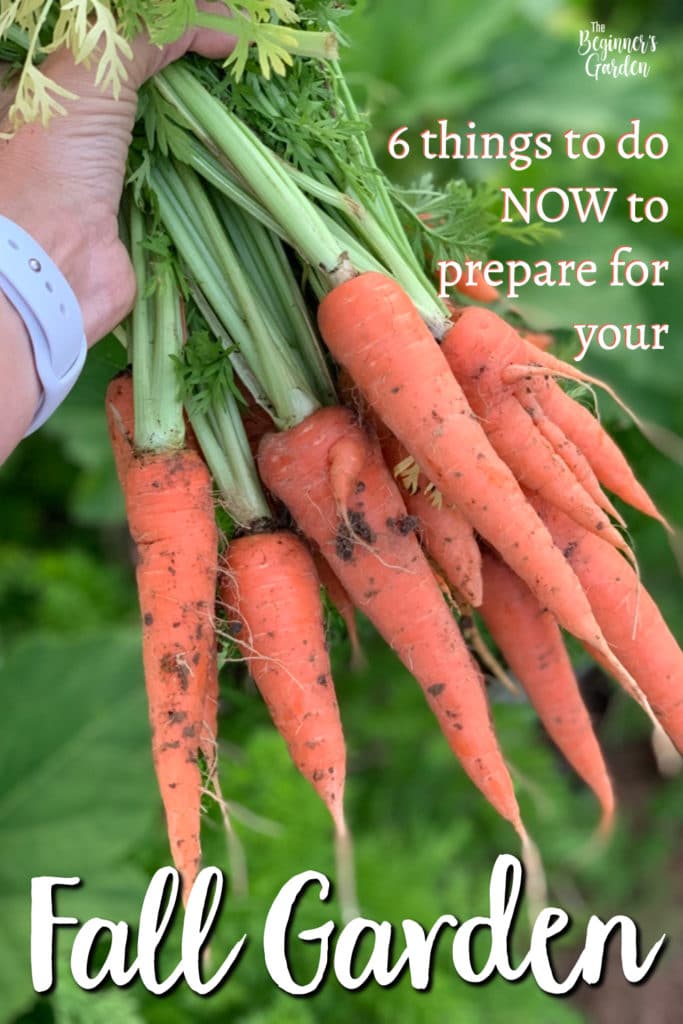6 Steps to Fall Garden Prep
One of the biggest mistakes I see in fall gardening is planning and getting started too late. It’s a good idea to start thinking about the fall as early as July! I know you may be worn out from gardening in the middle of summer, but a fall garden is absolutely worth it.
But before you get started planting, there are steps you will want to take in the planning process to get your fall garden started out right.
Step 1- List Your Crops
Here’s a list of 5 top crops for your fall garden (including some late summer plantings you can plant now), but you have so many options when it comes to cool weather crops for your fall garden. First, write down what you want to grow so that it will make your planning much easier. Like you did when you planned your summer garden, think about what your family eats and what would be best for you.

Step 2- Research Varieties
Many crops come in varieties that are better suited for the fall rather than the spring. On the seed packet, look at the days to maturity. For the fall, the shorter days to maturity the better so the crops can mature before cold and lack of daylight stunt their growth.
You also want to look for cold tolerance, though this will vary greatly depending on your climate and garden zone. With some varieties, you can tell in the name if it’s suited for cold weather (winter density lettuce or red Russian kale, for example). Seed catalogs will also often say whether a particular variety has cold tolerance.

Speaking of seed catalogs, consider shopping from a seed supplier that is focused on your region. Since I’m in the Southeastern US, I’ve appreciated Southern Exposure Seed Exchange.

Step 3- Identify Key Dates
There are a couple dates that you will want to know for your fall garden. First, you will want to know your average first frost date, as you will use this to determine when to plant some of your more tender fall crops.
But more importantly perhaps, you’ll want to determine your Persephone Period. The Persephone Period is span of days in the fall and winter when your daylight hours dip below 10 hours per day. When this happens, plant growth all but ceases. That’s why it’s important to get your fall crops to maturity if at all possible before your Persephone period begins. (Check out these posts to learn about why it affects when you plant and how crops are affected.)
You can use this website or this website (use the sun and moon tab, and scroll down) to discover the sunrise and sunset times so you can discover when, on average, your hours of daylight will dip below 10.
Step 4- Decide Which Seeds to Start Indoors
Some fall crops take so long to reach maturity that you’re better off starting them from seed indoors. In general, cool weather crops do not like warm soil. The seeds may not germinate well, and if they do, the seedlings may not survive the late summer heat. I recommend starting broccoli, cabbage, spinach, and maybe beet seeds indoors.

Other crops in your fall garden grow faster, can be planted a bit later, and aren’t as sensitive to late summer heat. Those can be directly sown in the garden. I recommend you direct sow lettuce, radishes, carrots, greens, and beets. The key to direct sowing in the fall is keeping the seeds moist for the 2 weeks it takes to germinate.
Step 5- Write Your Planting Dates
Now that you know what you plan to gro, what you plant to start indoors, and what you’ll direct sow, you can write down your planting dates! In the fall, you get to work backwards. Take the days to maturity on your seed packet, add 14 days because plants grow more slowly in the fall, and add the days that your seedlings will be inside if you’re starting indoors. Take that number and count from your Persephone Period start date and you have your date for planting.

Keep in mind, when it comes to a fall garden, there are lots of variables — many of which you can’t control. Growth rate, heat waves, droughts, and other factors may come into play in your fall gardening endeavor. Take notes and adjust planting dates in future years.

Step 6- Plan Your Planting Locations
The final step in your fall garden planning is to decide where to grow your fall crops.

Consider where your currents summer crops are and what will remain. Some crops like corn, potatoes, and bush beans may be finished harvesting by the time you need to plant your fall crops, so that space is optimum to earmark for fall crops. Other crops like peppers and tomatoes may product until frost — well past the time many of your fall crops need to go in the ground. In this case, consider planting lower-growing plants like spinach, radishes, and carrots, underneath the canopy of peppers or tomatoes to take advantage of the space and the shade until frost.
Planting a fall garden takes a bit more strategic thinking than the summer garden, but it can also become your favorite time to garden and harvest. By thinking ahead — even in July — you’ll set yourself up for a more successful fall garden this year!
Do you get overwhelmed with garden planning?

Subscribe here for my best tips to plan your garden in just 7 days -- all for FREE.
Plus, I'll send you my "In the Garden E-mail" on Fridays, periodic updates on garden resources relevant to you, and you'll receive access to my entire bank of free garden downloads!
You are also agreeing to our privacy policy.


Jill, I love that your share your faith in your podcasts! I always seem to hear it at the perfect time, when I need it most. Hearing how God delights in watching growth felt so relevant. Thank you <3 <3 <3
Here is a good and easy persephone chart. https://www.timeanddate.com/sun/usa/charleston-sc